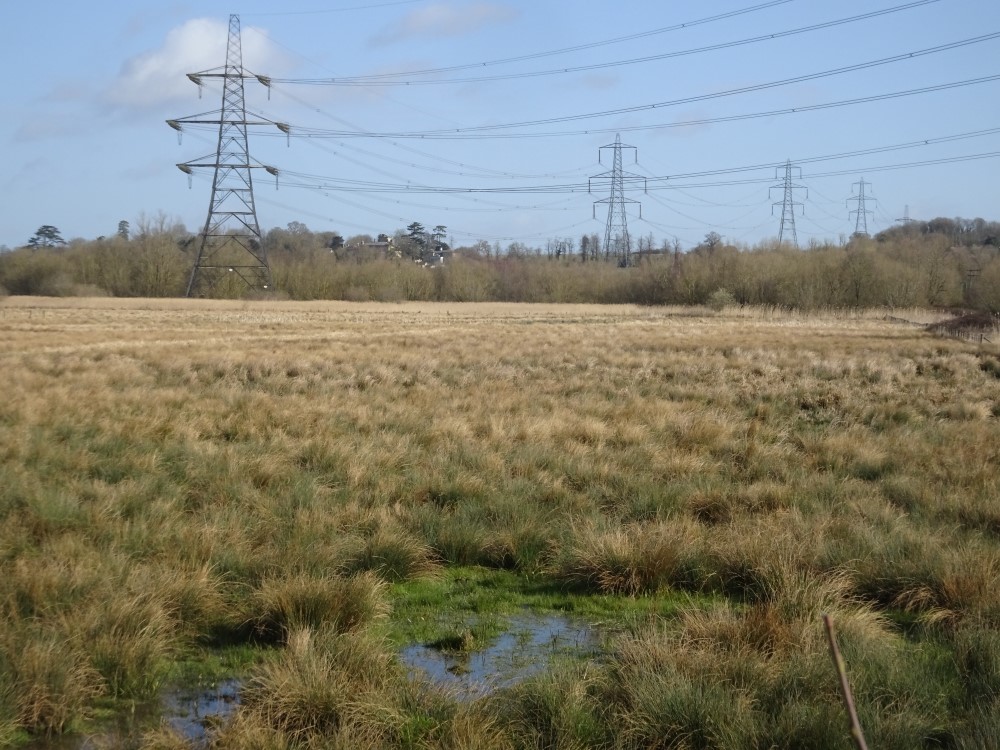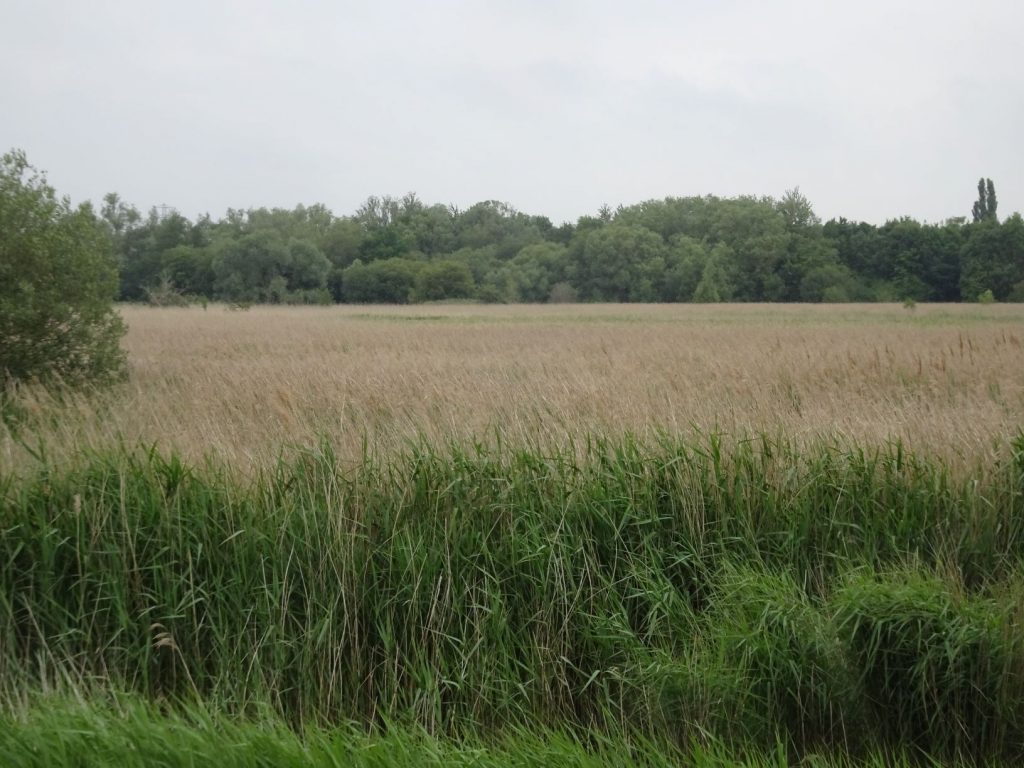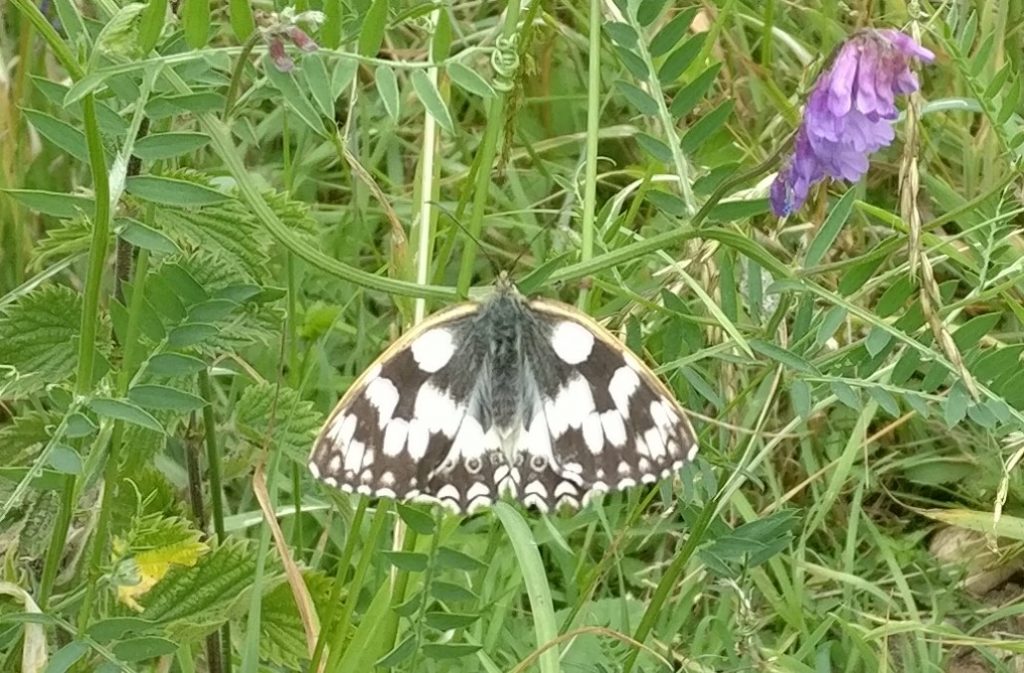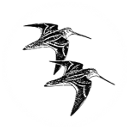Observations
March – June 2020
Thanks to Coronavirus, we managed to visit Rye Meads for the first 14 days of March, before the Lockdown was applied and both the Reserve and the Thames Water site closed to all visitors. Fifty-nine days later, we gained access once more to the RSPB reserve, and so were able to compile observations for this area for the remainder of May and June, a period of 40 days, which is, of course, the original definition of the term ‘quarantine’. This report therefore covers these ‘before’ and ‘after’ spells.
PRE-LOCKDOWN

We were of course gearing ourselves up for the excitement of Spring migration but lockdown came before it had really got under way, save for the first couple of singing Chiffchaffs. And since March got off to a stormy and wet start, coverage was a bit scant.
The March WeBS count revealed the expected wildfowl, plus a pair of Shelducks, and recorded that the build-up of Black-headed Gull numbers for our breeding colony was well under way. Aside from this, the main excitement was the sighting of a Barn Owl, a female Stonechat, and two Siberian (tristis) Chiffchaffs reported from Stansted Abbots GP.
AFTER RE-OPENING

The majority of visits in late May and June were one or two person visits for short periods, or evening visits to ring gulls on the rafts.
Highlight of the period was a Spoonbill seen by RSPB, the third record for the Rye Meads and the first to actually land on site!
We can also record our first successful onsite breeding of Red-crested Pochard. A pair reared three young to fledging in the North Lagoons.
In addition, a male Garganey was seen on two dates, and the first Teal were back on site with ten by the end of the period.
Marsh Harriers were recorded on eight dates with probably two males and one female involved. It was also good to get back on site and find that so had the Hobbies, with one or two seen on several dates.
Ten Common Sandpipers, two Ruffs and a handful of sightings of Little Ringed Plover and Redshank were the pick of the waders.
There were several sightings of Barn Owls, which proved to be indicative of a nest in one of the triangular nestboxes on the bank to the north of the car park: see our article on ringing the owlets. Up to four Cuckoos were seen or heard, at least two males and at least one female – good news given that their numbers still seem to be declining nationally.

On to the passerines, and it was good to find the usual summer visitors returned. Having been unable to conduct our normal breeding survey, we await further observations and ringing sessions to have any indication as to how successful the breeding season has been. It was good however to see a spring Yellow Wagtail on two dates in May. Two Mistle Thrushes was an unusual find for Rye Meads, but even rarer was the three sightings of a single House Sparrow on three dates in June, the first records since March 2018!
Finally, on a non-ornithological note, the sighting of a Marbled White butterfly in late June, and several days thereafter, was a species not seen at Rye Meads for a few years.
